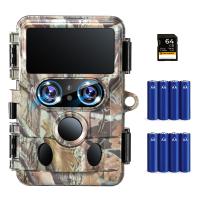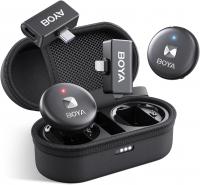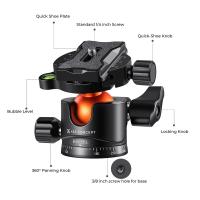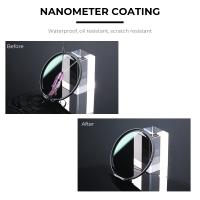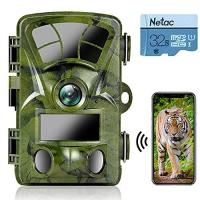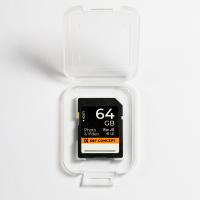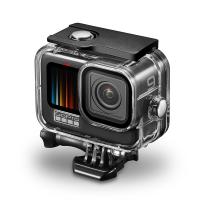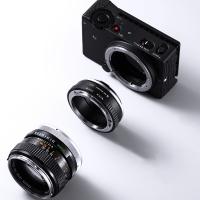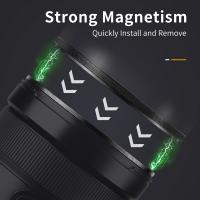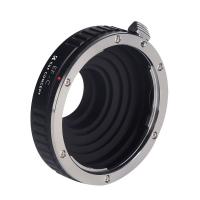How To Put Dslr Camera On Tripod?
To put a DSLR camera on a tripod, first, ensure that the tripod is set up on a stable surface. Then, locate the mounting screw on the tripod's mounting plate and attach it to the bottom of the camera. Use the camera's tripod socket to securely fasten it to the mounting plate. Once the camera is attached, ensure that it is stable and balanced on the tripod before adjusting the angle and position as needed.
1、 Camera Mounting Plate

To put a DSLR camera on a tripod, you will need to follow these steps:
1. First, ensure that the tripod is set up on a stable surface and the legs are fully extended and locked in place.
2. Next, locate the mounting plate on the top of the tripod. This is usually a flat, square or rectangular piece of metal or plastic with a screw in the center.
3. Then, locate the mounting hole on the bottom of your DSLR camera. This is usually located near the battery compartment or on the bottom of the camera body.
4. Attach the mounting plate to the bottom of the camera by aligning the screw with the mounting hole and twisting it into place. Make sure it is securely attached to the camera.
5. Once the mounting plate is attached to the camera, place it onto the tripod by aligning the plate with the tripod's mounting platform and tightening the screw to secure it in place.
6. Finally, adjust the position of the camera on the tripod to achieve the desired framing and tighten any knobs or levers to lock it in place.
From a latest point of view, some tripods now come with quick-release plates, which allow you to easily attach and detach the camera from the tripod without having to screw and unscrew the mounting plate each time. This can be a convenient feature for photographers who need to quickly switch between handheld and tripod-mounted shooting. Additionally, some tripods also feature built-in level indicators and bubble levels to help ensure that the camera is perfectly level and aligned. These advancements can make the process of mounting a DSLR camera on a tripod even easier and more precise.
2、 Tripod Head

To put a DSLR camera on a tripod, you will need to follow a few simple steps. First, ensure that the tripod is set up on a stable surface and the legs are fully extended and locked in place. Then, locate the mounting plate on the top of the tripod and attach it to the bottom of your DSLR camera. Make sure to securely tighten the mounting plate to the camera to prevent any wobbling or movement.
Next, position the camera and mounting plate onto the tripod head, ensuring that it is securely attached. Most tripods have a quick-release plate system that allows you to easily attach and detach the camera from the tripod head. Once the camera is in place, use the knobs or levers on the tripod head to adjust the tilt, pan, and rotation of the camera to achieve the desired framing and composition.
It's important to ensure that the camera is balanced and secure on the tripod to prevent any accidental falls or damage. Additionally, always double-check that the camera is firmly attached to the tripod before letting go of it.
From a latest point of view, some tripods now come with advanced features such as fluid heads for smooth panning and tilting, as well as quick-release systems for faster setup and breakdown. Additionally, some tripods are designed to support heavier camera setups, making them more versatile for professional use. Always refer to the specific instructions provided with your tripod for the best practices in mounting your DSLR camera.
3、 Quick Release System
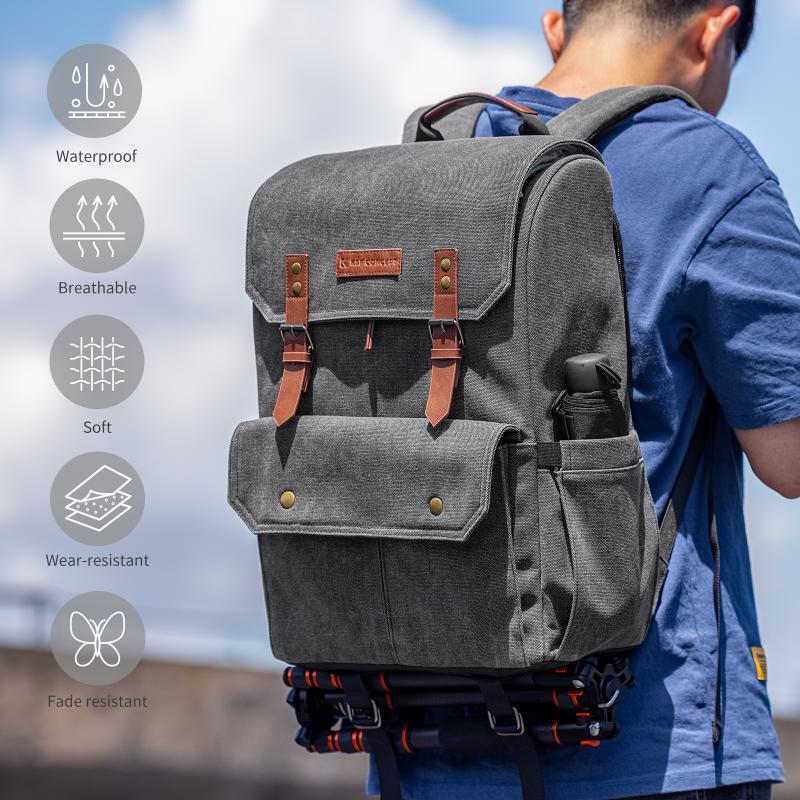
To put a DSLR camera on a tripod using a Quick Release System, follow these steps:
1. Attach the quick release plate to the bottom of your DSLR camera. Most quick release plates have a screw that can be tightened to secure the plate to the camera's tripod mount.
2. Slide the quick release plate into the quick release system on the tripod head. Make sure it locks securely into place.
3. Tighten the quick release system's locking mechanism to ensure the camera is firmly attached to the tripod.
4. Adjust the position of the camera on the tripod head as needed for your shot.
The Quick Release System allows for easy and quick attachment and removal of the camera from the tripod, making it convenient for photographers to switch between handheld and tripod-mounted shooting. It also provides a secure connection, reducing the risk of the camera accidentally detaching from the tripod.
In the latest point of view, some quick release systems now come with additional safety features such as secondary locking mechanisms to further prevent accidental release. Additionally, there are now universal quick release plates that are compatible with multiple tripod systems, offering greater flexibility for photographers who use different tripods for various shooting scenarios.
4、 Leveling the Camera
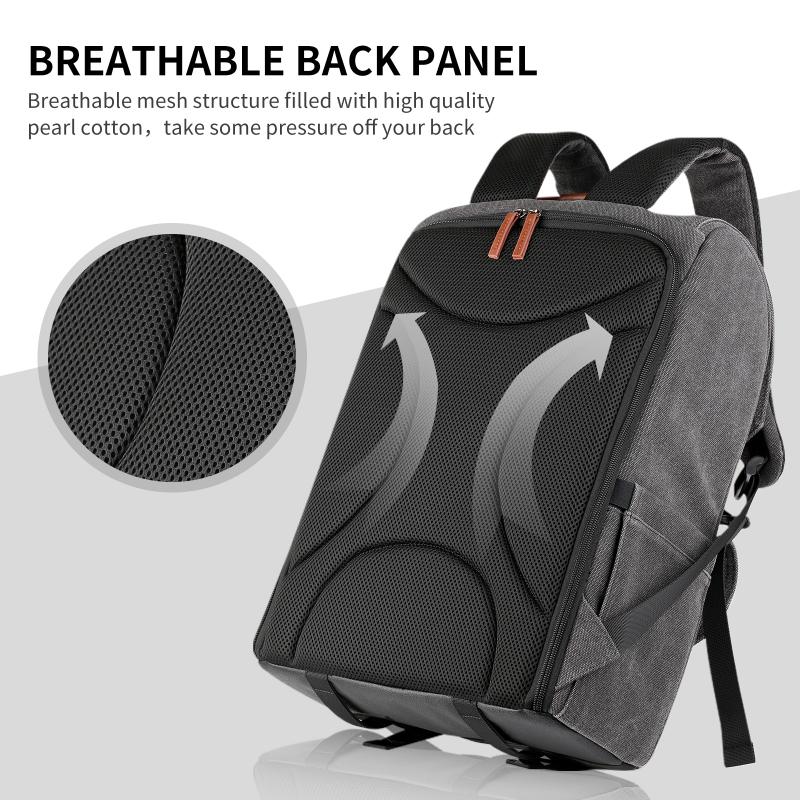
To put a DSLR camera on a tripod, follow these steps:
1. Attach the quick release plate to the bottom of the camera by screwing it into the tripod mount.
2. Slide the quick release plate into the tripod head and tighten the knob to secure the camera in place.
3. Adjust the height of the tripod to your desired level by loosening the leg locks, extending the legs, and then tightening the locks again.
4. Once the tripod is at the desired height, make sure the camera is securely attached and tighten any additional knobs or levers to ensure stability.
Leveling the camera is an important step to ensure that your photos and videos are straight and well-composed. Most tripods come with a built-in bubble level, which can be used to ensure the camera is perfectly level. Adjust the tripod legs or the head of the tripod until the bubble is centered within the level.
In the latest point of view, some tripods now come with electronic leveling systems that provide a digital readout of the camera's level, making it even easier to achieve perfect alignment. Additionally, some cameras also have built-in electronic leveling features that can be used in conjunction with the tripod's leveling system for even greater precision.
Overall, properly leveling the camera on a tripod is essential for capturing professional-looking photos and videos, and advancements in technology have made this process more user-friendly and accurate than ever before.









